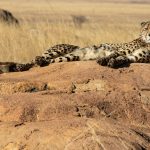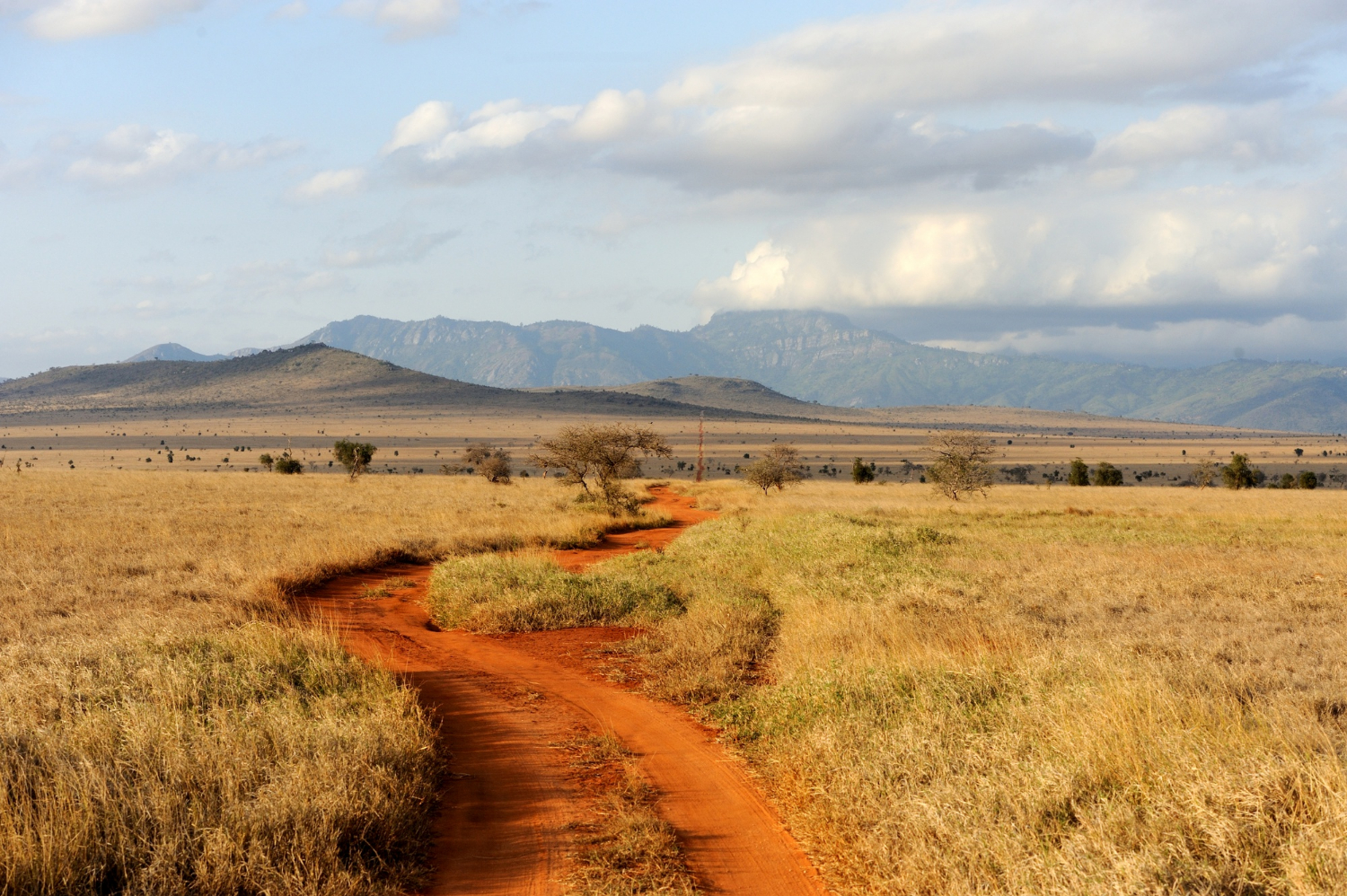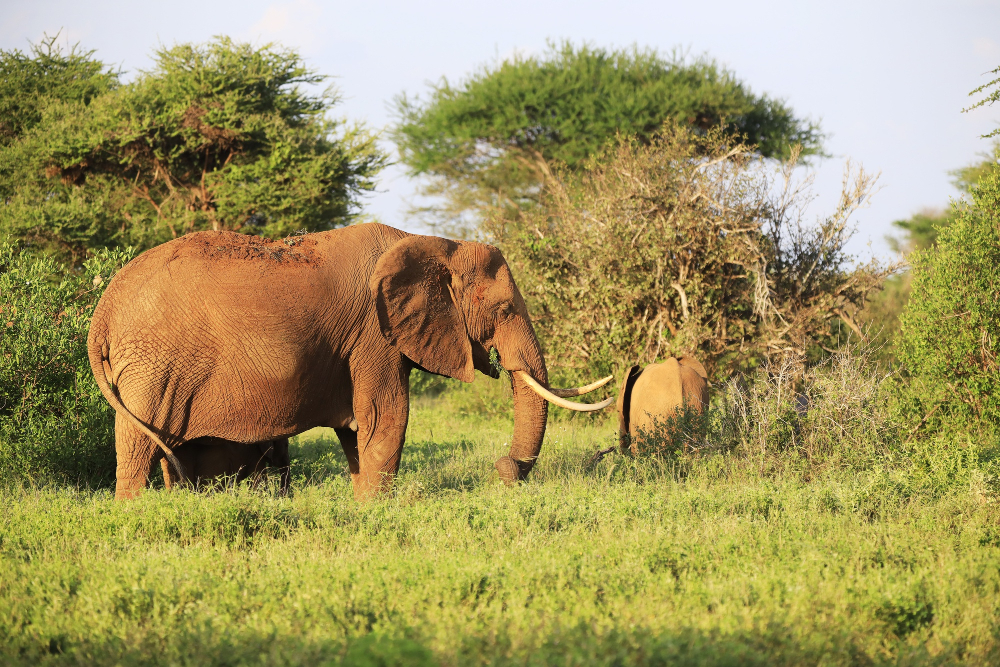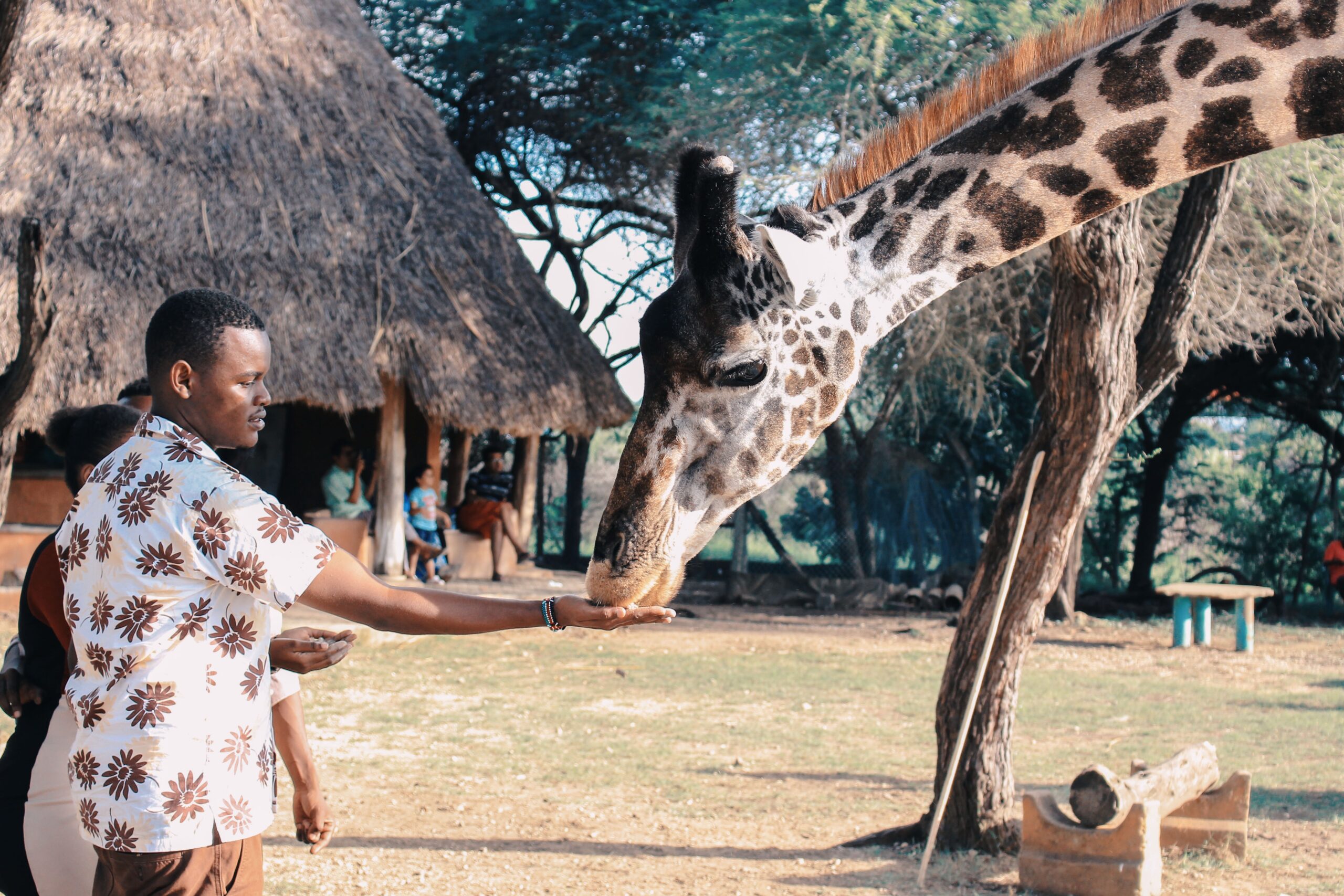Epic Tsavo
Tsavo East National Park, one of Kenya’s largest and oldest parks, boasts a captivating history intertwined with the region’s cultural and ecological heritage. Its story begins long before its official establishment in 1948, dating back to the era of Arab traders who ventured into East Africa via the Indian Ocean. These early traders played a pivotal role in shaping the East African coast’s history, bringing with them goods, culture, and a lasting legacy of interaction with local communities. The area that now forms Tsavo East was part of the Taru Desert, a vast wilderness teeming with wildlife long before human intervention.
The park was officially established in April 1948 with a mission to protect and conserve this unique landscape and its diverse wildlife. At the time, there was growing concern over the depletion of wildlife due to hunting, human encroachment, and environmental degradation. Tsavo East was set aside as a sanctuary where animals could thrive undisturbed, preserving the ecological balance of this semi-arid region. Its designation marked the beginning of a new chapter in Kenya’s conservation journey.
Tsavo East
Tsavo East’s vastness and raw, untamed beauty make it a treasure trove for nature enthusiasts and adventurers. Spanning over 13,747 square kilometers, it forms part of the larger Tsavo ecosystem alongside Tsavo West National Park. The park is renowned for its open savannah, dramatic landscapes, and iconic red-dust elephants that have become a symbol of its unique character. These elephants, often seen dusting themselves with the park’s red soil, create a striking visual against the rugged terrain.
The park’s lifeblood is the Galana River, which meanders through the wilderness, providing water to the animals and supporting lush vegetation along its banks. This river is a key attraction, offering visitors a chance to witness wildlife congregating at its shores, particularly during the dry season. Other notable features include the Yatta Plateau, one of the world’s longest lava flows, and the Lugard Falls, where the Galana River cascades over rocks, creating a dramatic and picturesque scene.
Tsavo East is not just about landscapes; it is a haven for wildlife. The park hosts the “Big Five” (elephant, lion, buffalo, leopard, and rhino) along with over 500 bird species, making it a paradise for safari-goers and birdwatchers. The park’s lions, famously referred to as “man-eater lions,” gained global attention during the construction of the Kenya-Uganda Railway in the late 19th century, when two lions infamously preyed on workers—a story that continues to intrigue visitors today.
Beyond its wildlife and scenery, Tsavo East offers visitors a chance to connect with the region’s rich cultural history. The communities surrounding the park, including the Akamba and Taita, have coexisted with this wilderness for generations, enriching the area with their traditions, crafts, and knowledge of the land.
Today, Tsavo East National Park stands as a testament to Kenya’s commitment to conservation and sustainable tourism. Its enduring legacy reminds us of the importance of preserving nature’s wonders for future generations while offering an unforgettable adventure in one of Africa’s most iconic wildernesses.








